Introduction to the GE IS420UCSBH4A Controller The GE IS420UCSBH4A controller is an essential component in the Mark VIe Turbine Control System Series, designed by General Electric. This particular printed circuit board (PCB) is part of a series developed for managing gas, steam, and wind turbine automated drive assemblies. As one of the final iterations of GE's Speedtronic control system technology, the IS420UCSBH4A holds a key position in turbine control and automation, making it a crucial asset for many industries relying on these systems. Key Features of the IS420UCSBH4A Controller The IS420UCSBH4A controller is characterized by its 1066 MHz EP80579 Intel processor, ensuring high processing capabilities for turbine control operations. It operates in an ambient temperature range of -30°C to +65°C, providing flexibility for various environments. This makes it suitable for use in a wide range of turbine applications, from harsh industrial settings to more controlled environments. One of the standout features of this controller is its flash memory, which can be easily updated based on the user's specific needs. This ensures that the device remains adaptable to future technological upgrades and system requirements. Moreover, its certification for both hazardous and non-hazardous locations, including UL E207685 and UL DEMKO 12 ATEX 1114875X, allows it to be deployed in diverse industries and settings. Comparing the IS420UCSBH4A to Other Mark VIe Controllers While the IS420UCSBH4A is similar to other controllers in the Mark VIe series, such as the UCSC controller, there are notable differences. The primary distinction lies in the hardware; the IS420UCSBH4A is a single-module design, which simplifies installation and maintenance. Despite these hardware differences, both controllers share several advantages, including reliability, ease of use, and adaptability. This controller series, like its counterparts, leverages GE's Speedtronic control system technology, which significantly boosts the demand for these products across the market. This robust technology helps optimize turbine performance, ensuring better control and management. The Importance of the IS420UCSBH4A in Industrial Automation The IS420UCSBH4A's role in industrial automation cannot be overstated. It is a vital component in the smooth and efficient operation of turbine systems. With its ability to integrate into a variety of turbine applications, including those for gas, steam, and wind turbines, it ensures precision control in automated drive systems. Its high-performance features and certifications make it a versatile choice for industries that require reliable and safe turbine control solutions. How the IS420UCSBH4A Meets Safety and Regulatory Standards In terms of safety, the IS420UCSBH4A is designed to meet the rigorous standards necessary for operation in hazardous environments. With certifications from UL and ATEX, this controller can be deployed in challenging settings without comp...
Read More


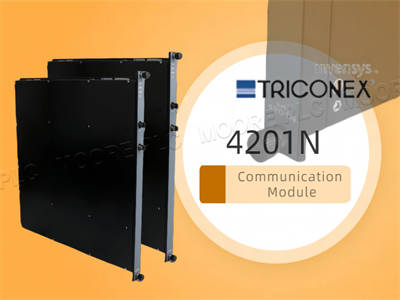

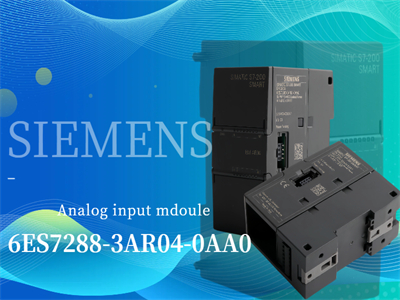
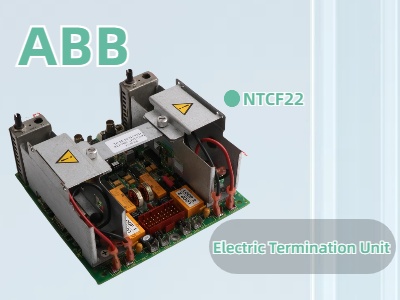
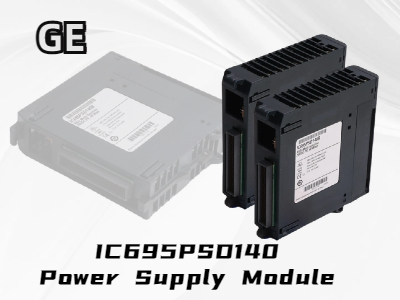
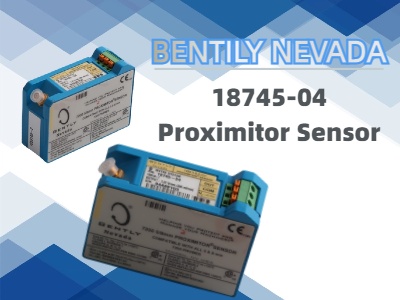





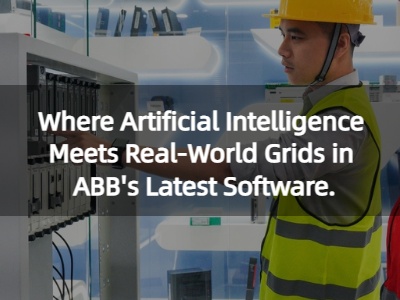










 IPv6 network supported
IPv6 network supported